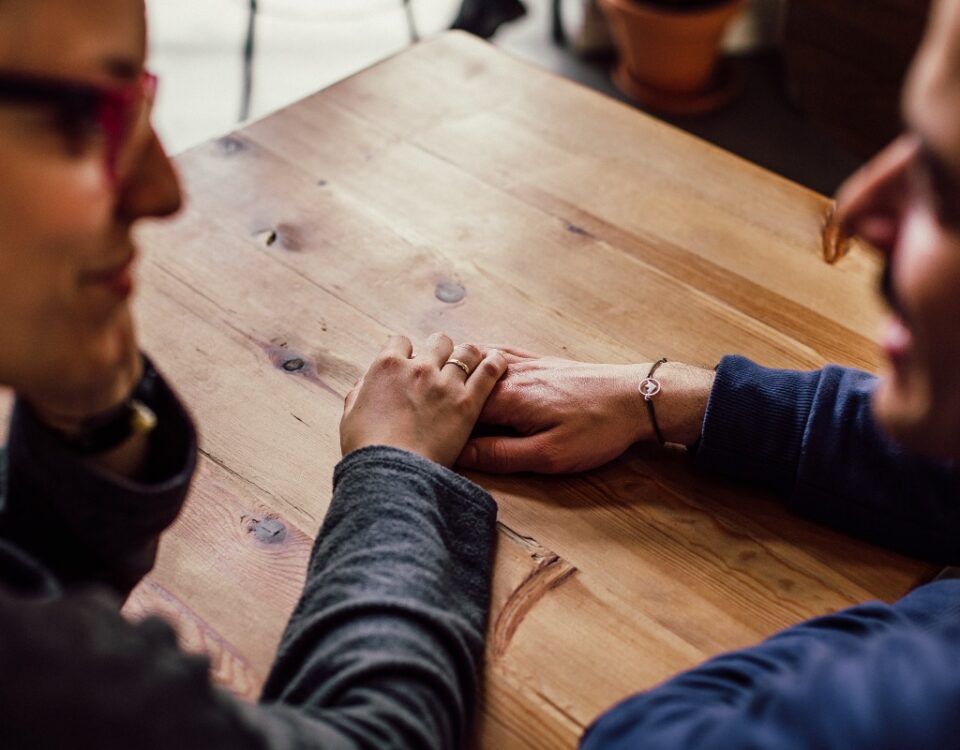
Could Family Therapy Help You?
July 25, 2020
The Dangers of a Competitive Sports Mindset
August 4, 2020Each person needs access to their own safe space. Whether someone is going through recovery from an addiction or mental health disorders, or simply just is feeling stressed out from the trials of daily life. However, for someone suffering from addiction, anxiety, depression, or any other co-occurring disorders, safe spaces are more necessary than ever.
However, safe spaces aren’t something that someone is given. They are things that have to be created and properly utilized and require a bit of effort to maintain. All of this comes from understanding the role of a safe space, as well as the complex nature of triggers.
Understanding the Basics of a Safe Space
There are a lot of factors that go into creating and maintaining one’s own safe space. There are a number of physical, emotional, and environmental factors that go into the feeling of safety that the space is supposed to instill. However, at its core, a safe space is an environment where someone can feel at ease from stresses or harassment, and instead feel confident in one’s self and their own stability. It can be any kind of place that someone can go in order to flee from difficult or antagonistic scenarios or a place for someone to recollect their thoughts to begin processing difficult emotions.
Safe Spaces Are More Than a Room
While a safe space certainly has a physical component, there is more to these spaces that make them so impactful for a person. While safe spaces are commonly someone’s own house or room, looking at the reasons that someone feels comfortable there can help in identifying and addressing outside stressors. The physical space that makes up someone’s safe space is just the beginning. Someone can choose to populate this space with objects of interest or that help calm or distract them. This can be movie posters as a way for someone to express themselves, or a video game system in order to distract them. The decor and colors of the room can also play a role in the overall feeling of the space.
However, there are other factors that take a safe space from a physical place to a supportive environment. Safe spaces also include the other people who are around and the level of support that they are able to provide. Even the presence of pets or level of noise can all play a part in feeling safe. All of these elements working in unison is what creates the feeling of safety that someone needs.
Each of these elements operates under a degree of control expressed by the person creating the space. This control is at the heart of confidence and safety. While many stresses and difficulties come from things that feel out of a person’s control, creating a space where the environmental and emotional elements can be adjusted as needed is a powerful feeling that one needs in order to feel safe amidst different stresses and situations.
The Skill of Active Maintenance
Feeling safe takes effort. The importance of having a space to go to during difficult times is paramount when someone is feeling threatened by their environment or dealing with triggers or urges during addiction recovery. Because of the benefits it provides, it is important to constantly maintain the space.
This can take a unique form, as it involves constant evaluation of the construction of the environment. Taking a look at what works to calm someone down or help them ground themselves, as well as what about the space may have a negative impact, are all important aspects in ensuring that the space retains its effectiveness during difficult times.
Removing or Creating Triggers
Triggers are a difficult concept to deal with when someone is in recovery. Someone’s safe space usually involves getting away from as many triggers as possible in an effort to mitigate any detrimental results. However, understanding how triggers work can also help someone become more effective at dealing with them. Triggers are a way to program the brain, and there is often a direct link between the trigger itself and a certain action or feeling.
The triggers themselves can be anything. They can be a certain time of day, a place, a person, certain words or sounds, or images. Triggers are actions or circumstances that cause a person to react in the way that their brain is programmed to respond to these stimuli.
Seeing an advertisement or driving by a bar can elicit urges to drink again, as the brain has created the connection between these things and drinking, and framed it through a positive lens due to addiction. It can also be sounds reminding someone of a past trauma that they are recovering from. These are only a few examples on an endless list of triggers that differs from person to person.
However, a safe space can be a key part of programming the brain. For example, the space itself becomes a positive trigger for safety when used correctly. Sadness can cause someone to see their need for safety and thus utilize the space effectively. Over time, certain feelings, times of day, or images can prompt someone to use their grounding techniques and coping mechanisms in order to maintain their mental health throughout the day.
The Kimberly Center is a place to start your recovery from addiction today. By attending to each client with professionalism and respect, coupled with a “do no harm” approach, the Kimberly Center strives to instill necessary life and coping skills to each person regardless of their stage of recovery. For information on their various programs from sober living to outpatient, contact The Kimberly Center today at (855) 452-3683.




